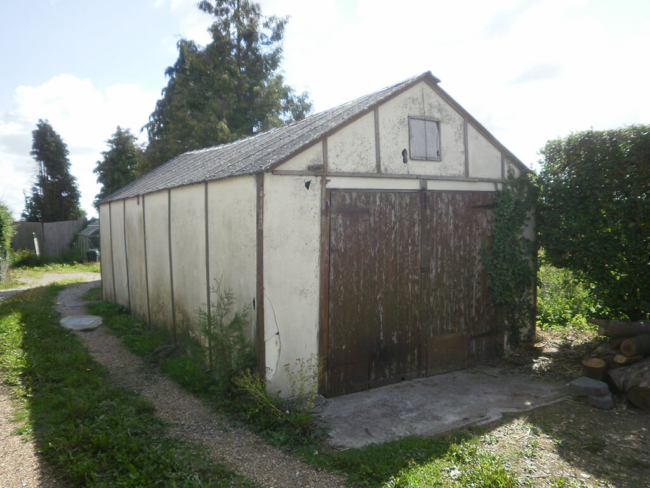The use of Asbestos dates back to prehistoric times, but came back into popularity in the late 1800s at the start of the Industrial Revolution, which helped sustain strong and steady growth of the Industry. Its many uses became widespread. As the mining and manufacturing of asbestos exploded, so did its dangerous health effects on those who mined and refined the mineral, as well as those who worked with it.
Asbestos’ resistance to chemicals, heat, water and electricity made it an excellent insulator for electrical generators, boilers, ovens and steam engines that powered the Industrial Revolution.
The properties of Asbestos made it an important commodity in the Building, Manufacturing and Industry sectors.
Despite consistent health warnings, asbestos mining and manufacturing was an engine that could not be stopped. In 1910, world production exceeded 109,000 metric tons, more than three times the total in 1900. The increase was mainly due to the populations growing demand for cost effective, mass produced construction materials. Growth slowed at the onset of World War 1 followed by the Great Depression but was revived at the start of World War II.
By the late 1970s, a dramatic decline began in the use of Asbestos throughout the industrialized nations as it became known of the connection between asbestos exposure and debilitating lung diseases. Liability claims against major Asbestos Manufacturers caused many of them to make asbestos substitutes.
By 1999, the UK banned Asbestos due to new environmental regulations and consumer demand as a result of increased incidence of lung related diseases in those working with the substance.
In the UK, any building or material manufactured or refurbished before the year 2000 may contain asbestos. Therefore you have an increased risk of encountering it when working on pre-2000 properties



